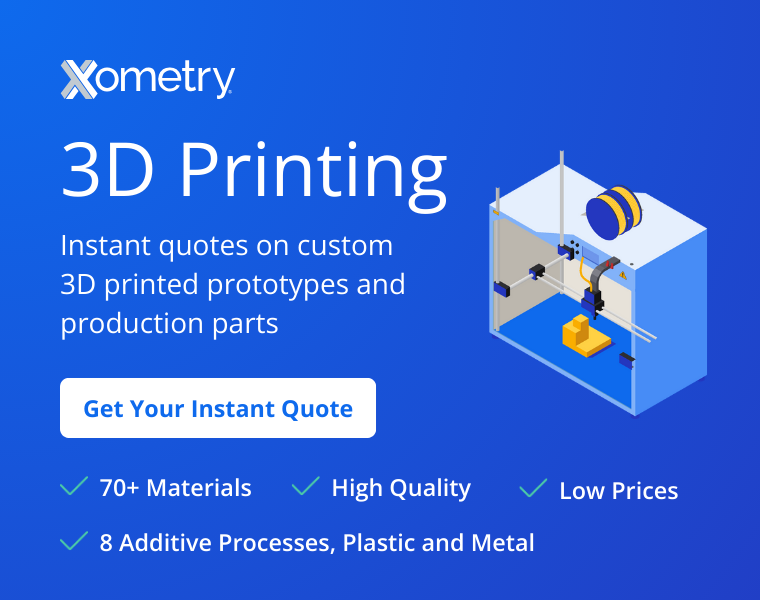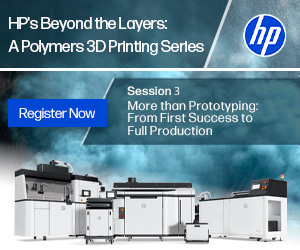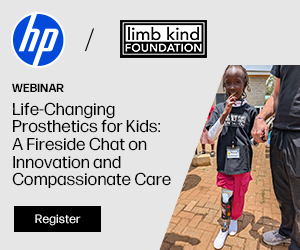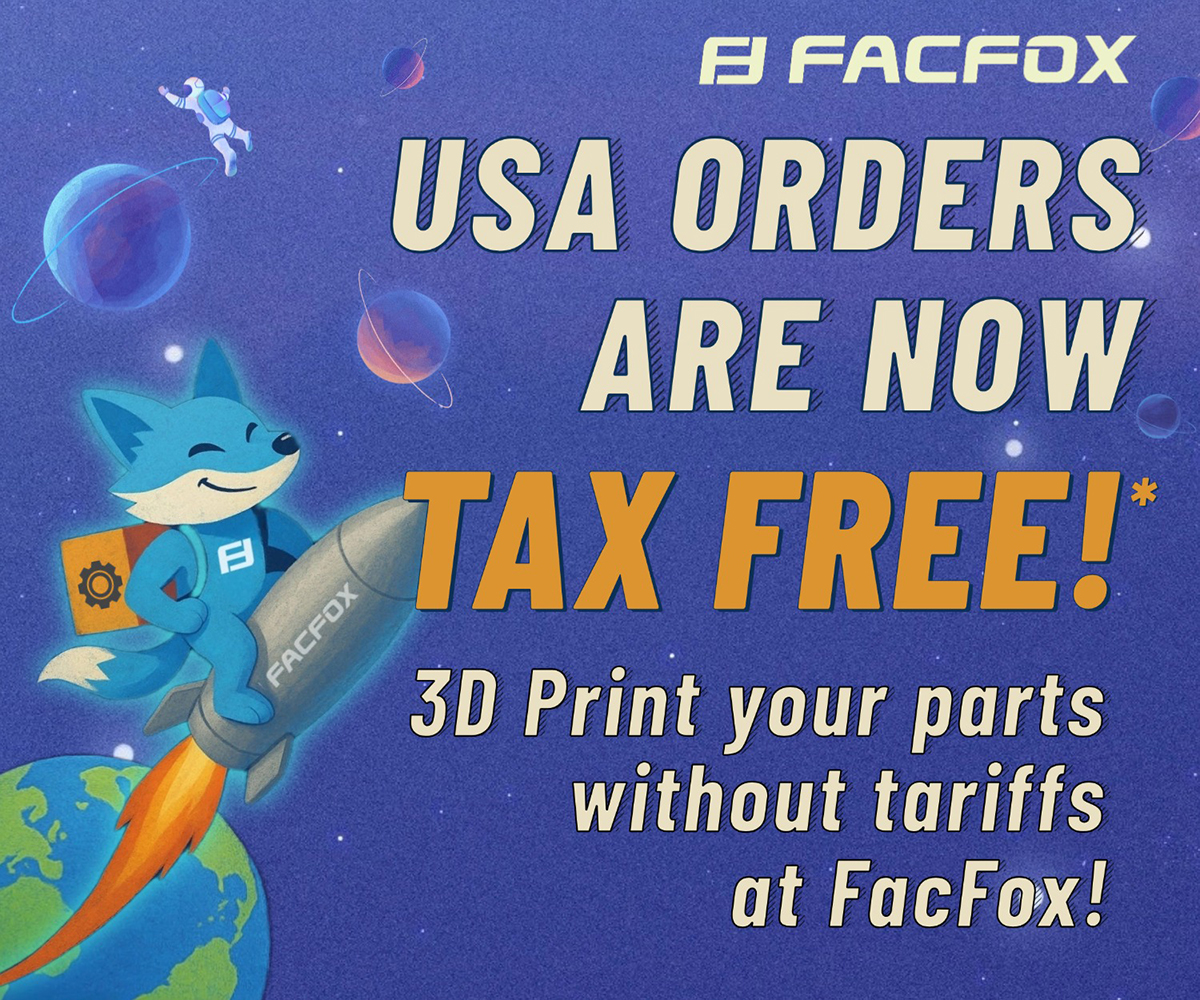
Students at Robertsville Middle School in Oak Ridge, Tennessee design CubeSats as part of an elective course. [Image: NASA/Oak Ridge City Schools]
Todd Livesay’s class at Robertsville Middle School is waiting to hear back from NASA to see if their proposal has been accepted to the CubeSat Launch Initiative. The students want to build a CubeSat and launch it into orbit, where it will gather data from the growing forest and send it back to a ground station located near the school. They’re hoping to find out in February if NASA will accept the CubeSat as part of its payload to the International Space Station.
NASA’s Marshall Space Flight Center has formed a collaboration with the Oak Ridge City School System. Marshall staff members assisted in developing curriculum that incorporated unique NASA resources, then trained teachers to use those resources for a new elective class called NASA Project-Based Learning. Engineers from Marshall also act as mentors to students in the course. Many schools only have this type of material available in an extracurricular setting, if at all.
“We sought to invest in our community and influence middle school students by exposing them to exciting STEM careers at NASA,” said Patrick Hull, technical assistant for the Structural and Mechanical Design Branch of the Engineering Directorate at Marshall. “To have had an opportunity in junior high to work with a group of engineers from NASA would have been very motivating to me.”

Robertsville Middle School students visit Marshall to present their CubeSat project. [Image: NASA/Oak Ridge City Schools]
The invention of the CubeSat has made it possible for anyone to build a satellite, and it’s become a way for students to reach space, working with NASA in hopes of launching. The small cube satellites are easy to make, especially when using 3D printing, and they carry lessons that go far beyond their small size. The students at Robertsville Middle School learned how to build a functioning satellite, how to work with 3D printing, and, if their project is accepted, they’ll learn not only about launching a satellite into space but about how to monitor a forest as it recovers from a fire.“The value of skills learned by our students in this program spans more than just STEM disciplines,” said Holly Cross, career and technical education supervisor for the Oak Ridge City School System. “The mentors from NASA encouraged our students to talk about their project in a conversational manner rather than memorizing for a presentation. Our English teachers have commented on how their presentation skills have developed and matured as a result of their interaction with the NASA engineers.”
Several of the students in the class say they want to work in science and engineering, and even work for NASA, someday, and Livesay hopes that regardless of their career aspirations, they’re learning skills that will be valuable to them throughout their lives.
“I hope that they’re learning to not be afraid to try,” he said. “To just give it your best shot. To show up. And to try every day and make progress.”
Discuss this and other 3D printing topics at 3DPrintBoard.com or share your thoughts below.
[Sources: Local 8, NASA]
Subscribe to Our Email Newsletter
Stay up-to-date on all the latest news from the 3D printing industry and receive information and offers from third party vendors.
Print Services
Upload your 3D Models and get them printed quickly and efficiently.
You May Also Like
Reinventing Reindustrialization: Why NAVWAR Project Manager Spencer Koroly Invented a Made-in-America 3D Printer
It has become virtually impossible to regularly follow additive manufacturing (AM) industry news and not stumble across the term “defense industrial base” (DIB), a concept encompassing all the many diverse...
Inside The Barnes Global Advisors’ Vision for a Stronger AM Ecosystem
As additive manufacturing (AM) continues to revolutionize the industrial landscape, Pittsburgh-based consultancy The Barnes Global Advisors (TBGA) is helping shape what that future looks like. As the largest independent AM...
Ruggedized: How USMC Innovation Officer Matt Pine Navigates 3D Printing in the Military
Disclaimer: Matt Pine’s views are not the views of the Department of Defense nor the U.S. Marine Corps Throughout this decade thus far, the military’s adoption of additive manufacturing (AM)...
U.S. Congress Calls Out 3D Printing in Proposal for Commercial Reserve Manufacturing Network
Last week, the U.S. House of Representatives’ Appropriations Committee moved the FY 2026 defense bill forward to the House floor. Included in the legislation is a $131 million proposal for...


































